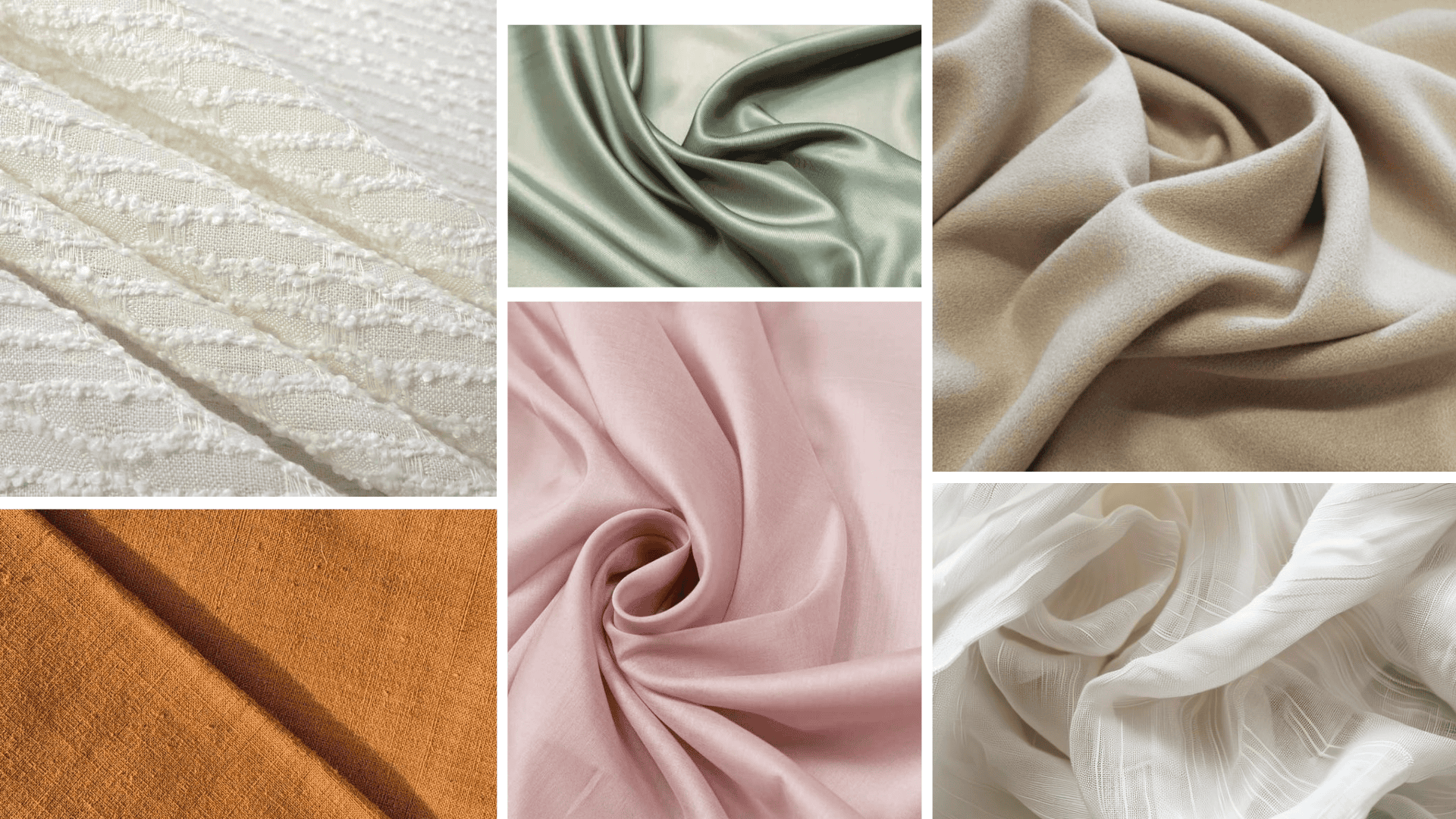
Everything You Didn’t Know About GSM, Texture Design and Drape

Unlocking the real language of fabrics for conscious designers and creators.
When it comes to designing a garment or sourcing textiles, color, print, and fiber often steal the spotlight. But behind every successful design lies a deeper foundation: understanding GSM, texture design, and drape. These three elements determine how a fabric feels, falls, performs, and ultimately defines the story it tells through a garment.
In this blog, we dive deep into these foundational aspects — equipping designers, buyers, and craft enthusiasts with insights that can elevate design choices and enhance fabric sourcing decisions.
Fabric GSM: The Hidden Code Behind Fabric Weight and Feel
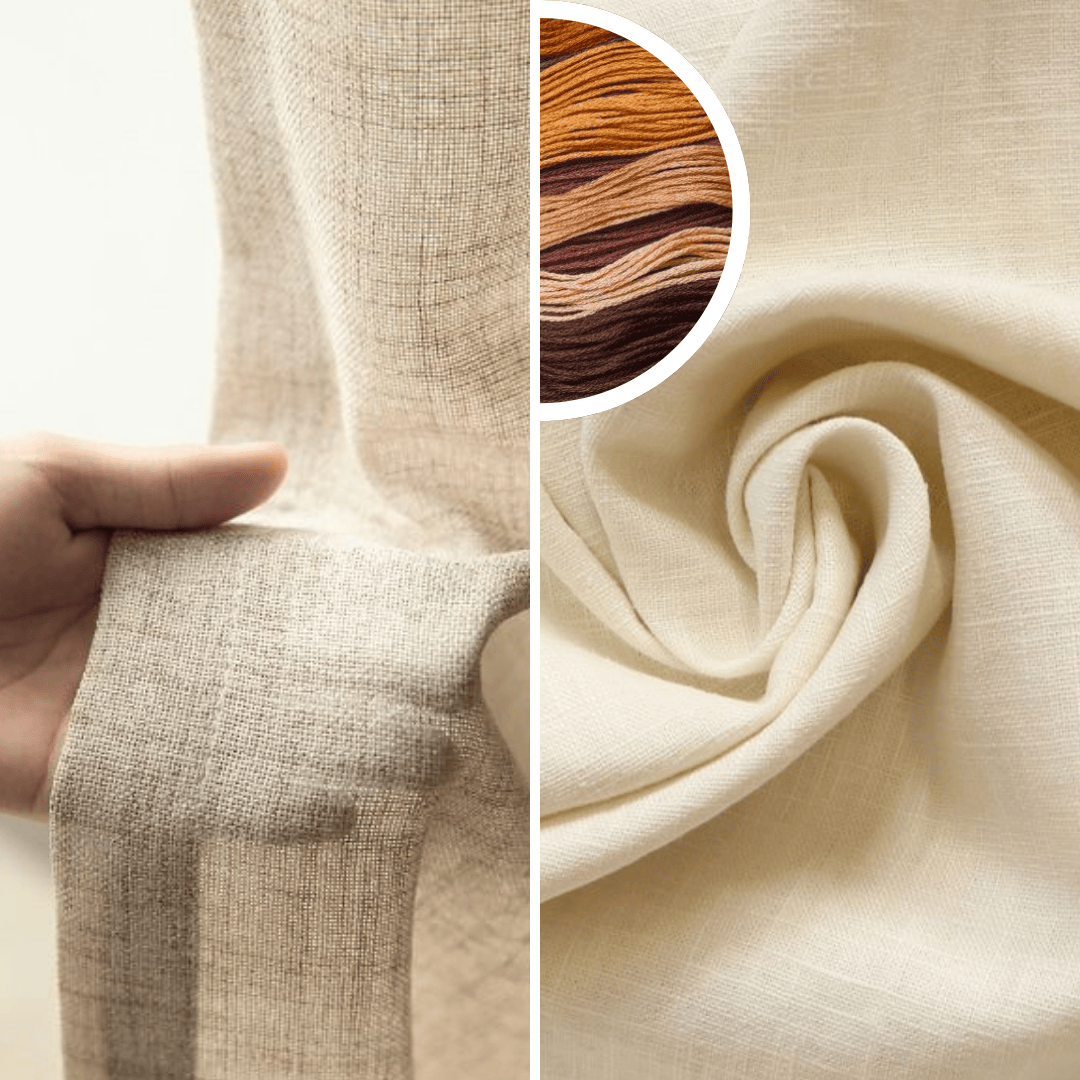
GSM stands for Grams per Square Meter. It measures how much one square meter of fabric weighs, offering a standardized way to compare fabric density across different materials.
Why GSM Matters:
- Lightweight fabrics (60–150 GSM) are breezy, soft, and ideal for summer garments like scarves, kurtas, or tunics.
- Midweight fabrics (150–250 GSM) offer a balance — perfect for shirts, relaxed trousers, dresses, and transitional layers.
- Heavyweight fabrics (250–400+ GSM) are sturdy, offering insulation and structure, ideal for coats, jackets, and upholstery.
Key Facts About Fabric GSM:
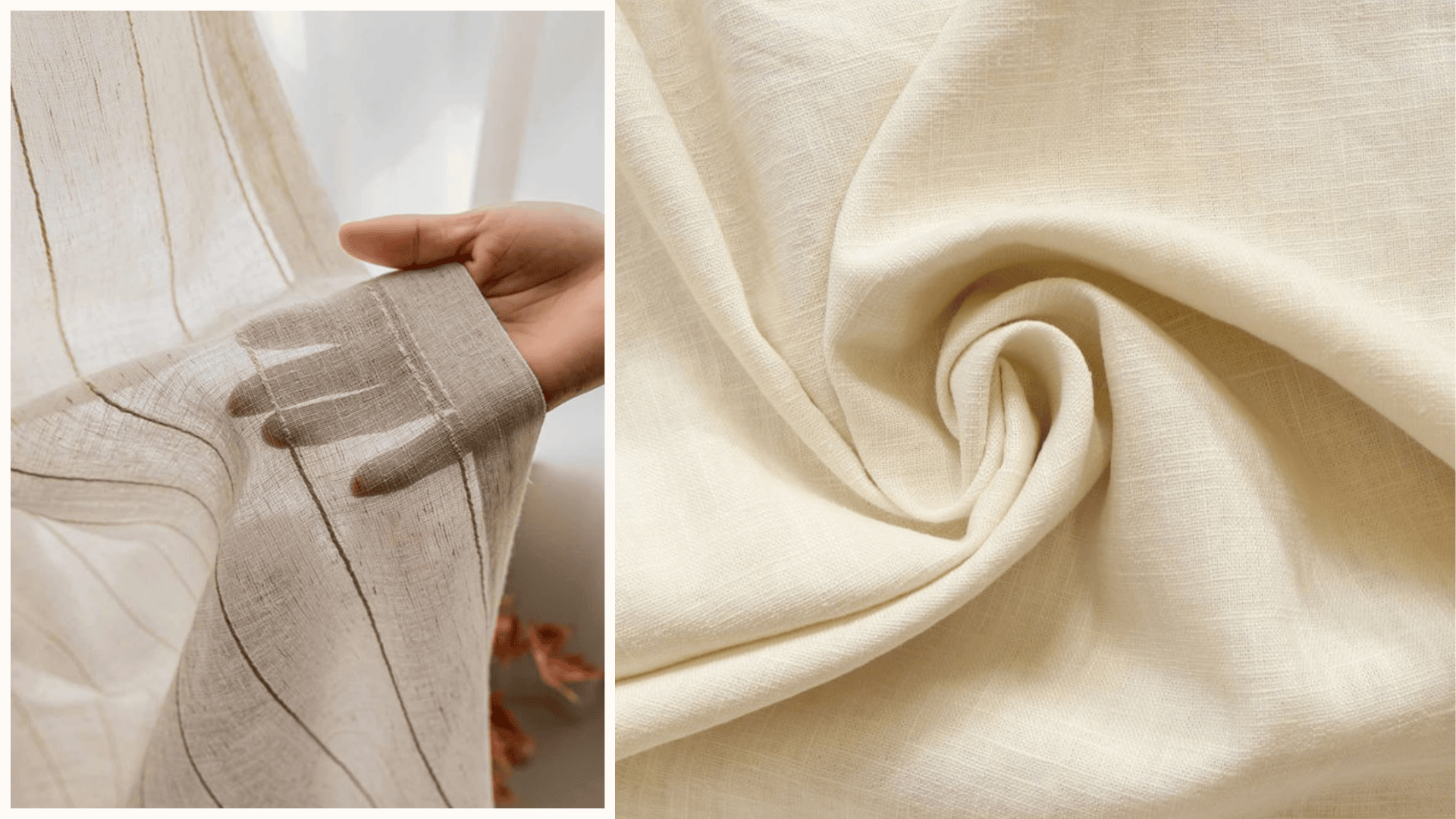
Points to be Noted
- GSM ≠ Thickness: A thick fabric may have a lower GSM if it’s loosely woven, and a thin but densely woven fabric (like poplin) can have a high GSM.
- GSM influences cost: Heavier fabrics often consume more raw material and are priced higher.
- Different climates, different GSM: Tropical collections favour low GSM; autumn-winter garments require higher GSM.
Example: A handwoven khadi shirt is often around 120–160 GSM for breathable comfort, while a khadi denim jacket may be closer to 280–320 GSM.
Fabric Texture: The Fabric’s First Impression
Texture refers to the surface character of a fabric — how it looks and feels when touched. It's influenced by:
- Fiber type (cotton, silk, wool)
- Yarn spin (handspun vs mill-spun)
- Weaving technique (plain weave, twill, jacquard)
- Post-processing (brushing, calendaring, etc.
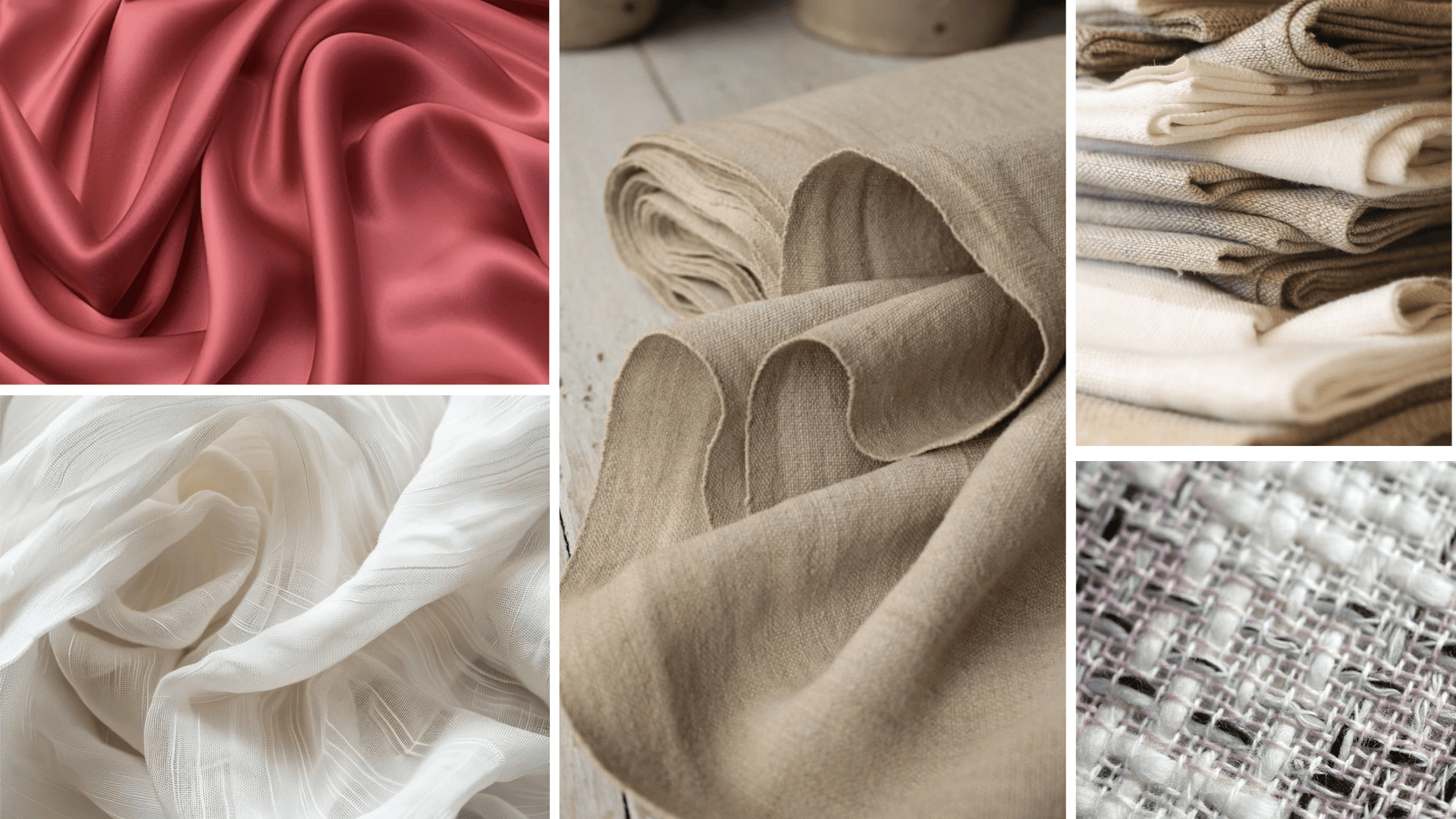
Types of Fabric Textures:
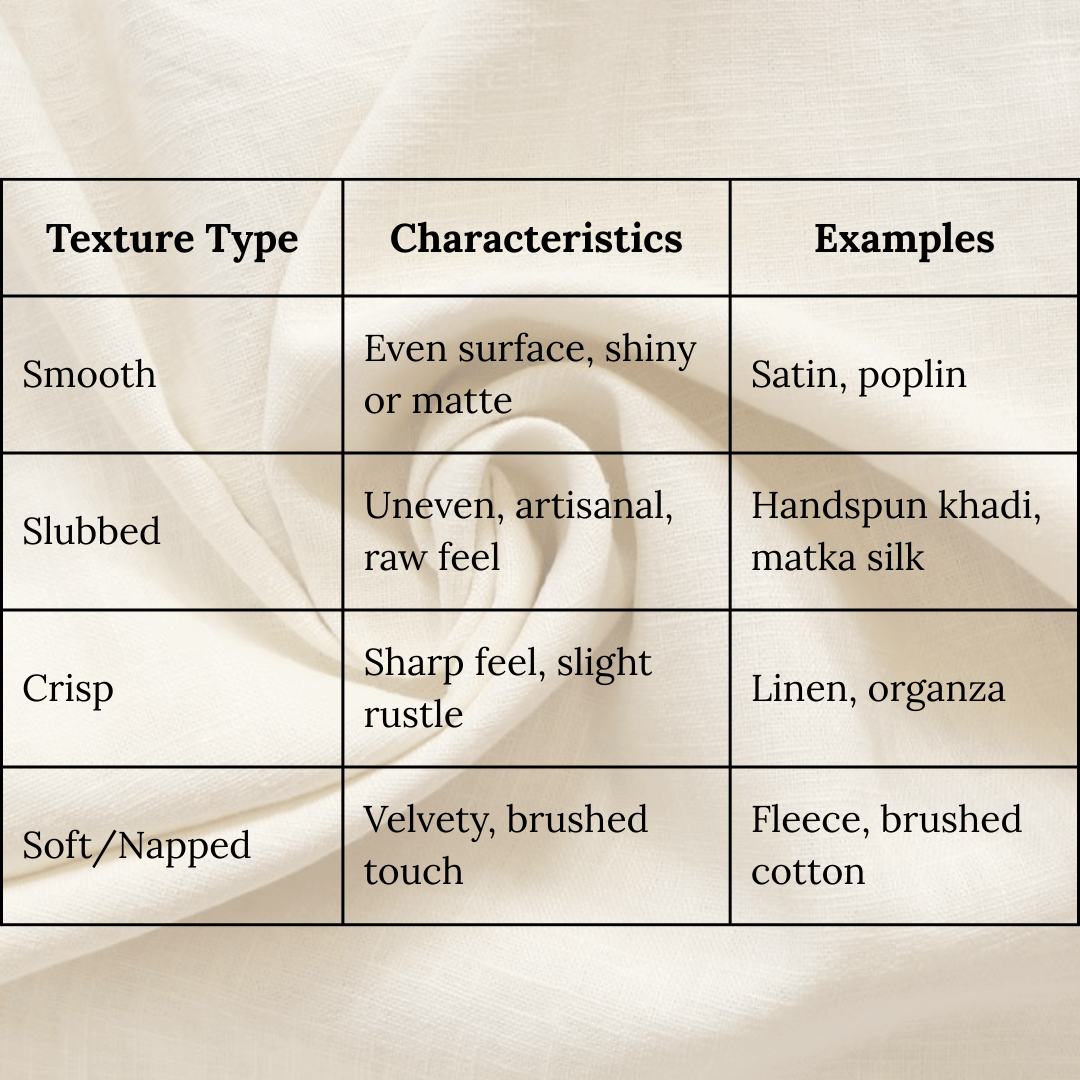
Key Facts About Texture design:
- Texture affects how light reflects off fabric — smooth = shiny, textured = matte.
- It also impacts design aesthetic — rough textures evoke earthiness, smooth textures suggest luxury.
- Handspun and handwoven fabrics naturally have more texture due to uneven yarns and manual tension.
Example: A soft handspun khadi stole feels alive with tiny irregularities, whereas a machine-milled satin scarf feels uniformly sleek.
Drape: The Movement That Defines Silhouette
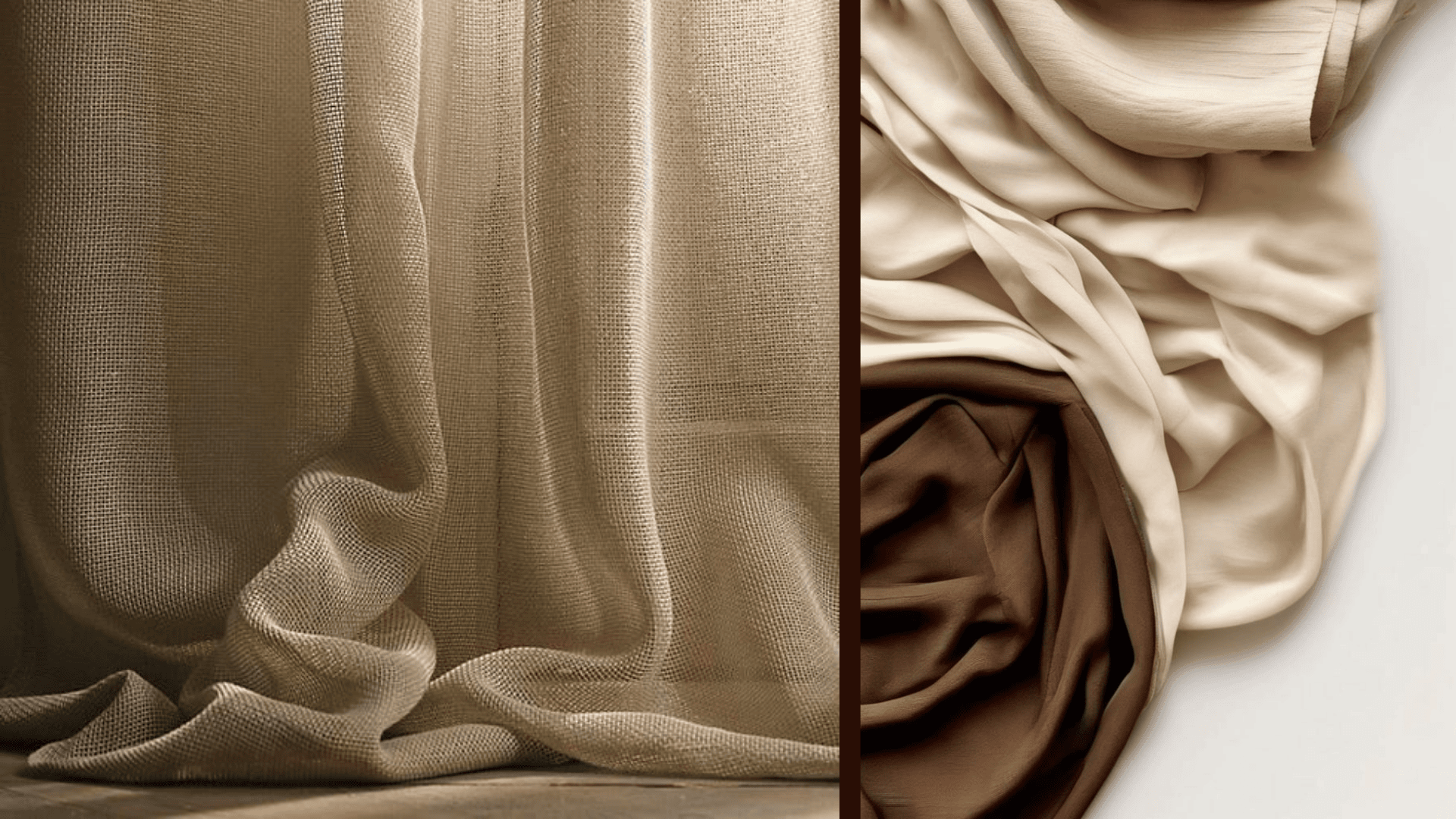
Drape describes how a fabric falls or flows when used in a garment. A fabric’s weight, weave, texture, and stiffness all impact its drape. This is the difference between a fabric hugging the body vs. creating volume.
Designer Tip:
Use fabrics with a fluid drape for garments that move, and stiff or crisp drape for more sculpted silhouettes.
Types of Drape:
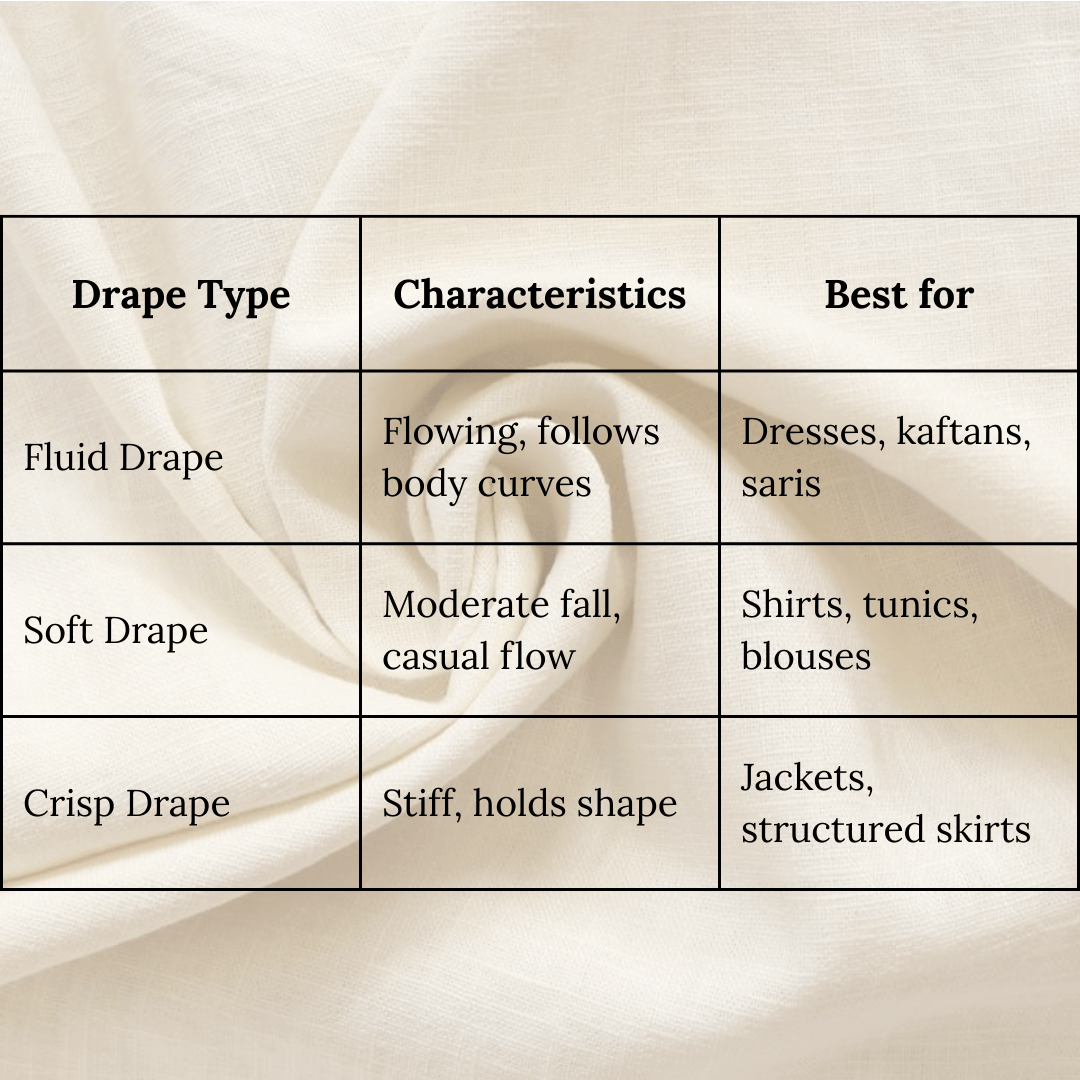
Key Facts About Drape:
- Bias-cut garments (cut diagonally) naturally enhance fluidity of drape.
- A high GSM fabric can still have a fluid drape if woven loosely (e.g., bamboo silk).
- Crisp drapes are crucial for formalwear, tailored looks, or architectural designs.
Example: A muslin (low GSM) drapes fluidly for a breezy summer dress, while a 300 GSM handloom cotton twill gives structure to a trench coat.
How Fabric GSM, Texture Design and Drape Work Together
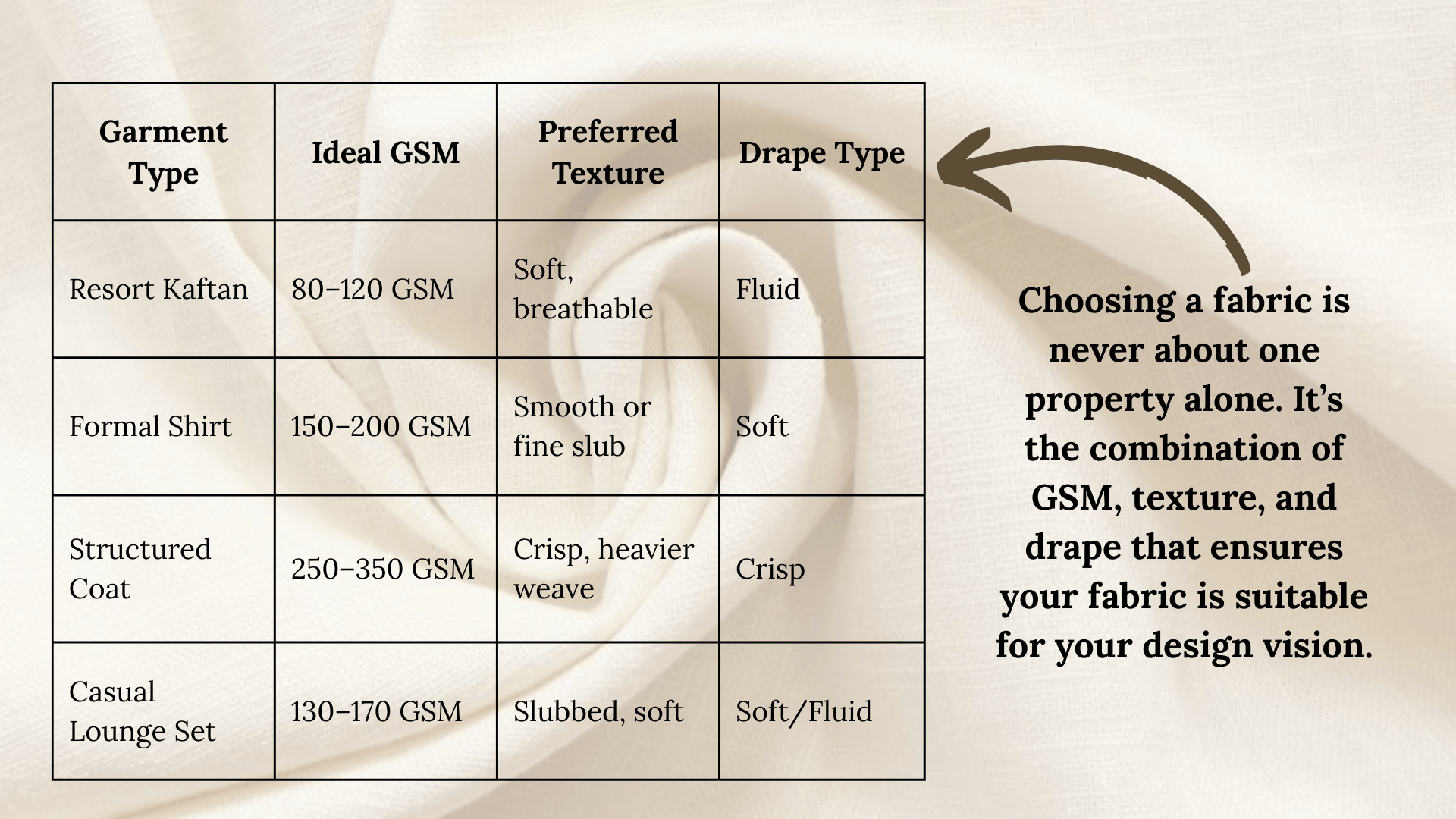
Why Understanding These Details Matters Today
In today’s slow fashion movement, customers are increasingly asking where, how, and why textiles are made. As a designer or conscious brand, mastering GSM, texture, and drape helps you:
- Make ethical, functional, and aesthetic fabric choices
- Communicate authenticity and technical expertise to buyers
- Design clothes that are not only beautiful but also wearable and season-appropriate
Behind Every Great Fabric Is a Language Waiting to Be Heard
GSM whispers about weight and strength. Texture speaks of heritage and artistry. Drape tells the story of movement and emotion.When you tune into these elements, you’re not just selecting a fabric — you’re curating an experience for the wearer.
At Anuprerna, we believe every designer deserves access to fabrics that align ethically, aesthetically, and functionally.
Anuprerna’s handspun khadi (120–160 GSM) offers slubbed texture and soft drape — perfect for effortless summer shirts and dresses.
Honeycomb weave cotton (200+ GSM) creates depth in texture with medium stiffness — ideal for jackets or statement blouses.
Handwoven silk-cotton blends offer medium GSM, smooth texture, and fluid drape — perfect for festive yet breathable outfits.
Let’s collaborate to bring your next collection to life — mindfully, beautifully, and meaningfully.
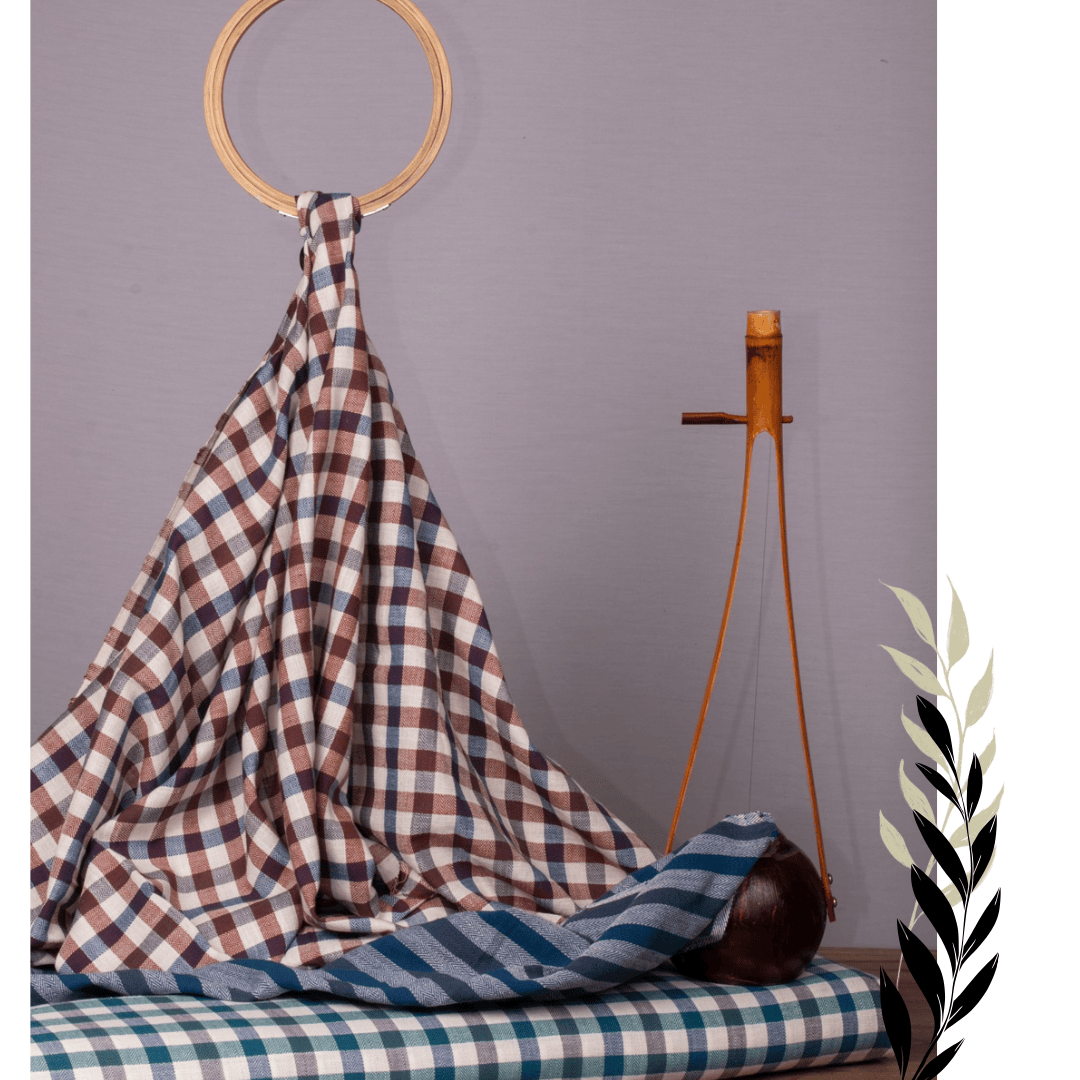
related questions
What exactly does GSM mean in fabrics?
arrow_drop_downGSM stands for Grams per Square Meter. It measures the weight of fabric over one square meter, helping determine whether a fabric is lightweight, medium weight, or heavy. Low GSM (60–150) = Lightweight (e.g., scarves, summer dresses) Medium GSM (150–250) = Midweight (e.g., shirts, tunics) High GSM (250+) = Heavyweight (e.g., jackets, upholstery)
Can a fabric's GSM affect its drape?
arrow_drop_downYes. Heavier fabrics (high GSM) tend to have a stiffer or more structured drape, while lighter fabrics (low GSM) flow more easily. However, weave type and fiber stiffness also play crucial roles — so GSM is one part of the bigger picture.
What’s an easy beginner tip to understand drape without technical knowledge?
arrow_drop_downSimple! Hold a corner of the fabric and let it fall naturally: If it clings or flows down like water → Fluid drape If it folds gently but retains a shape → Soft drape If it feels stiff and falls sharply → Crisp drape This quick "hand feel" method can guide initial fabric selection without complicated measuring tools.
Does a higher GSM always mean a thicker fabric?
arrow_drop_downNot necessarily. GSM measures density and weight, not just thickness. A fabric can be tightly woven and heavier (higher GSM) while still appearing thin, or loosely woven and light but feeling bulkier.
What is Cloth GSM?
arrow_drop_downCloth GSM is the same thing as fabric GSM. People use both terms, but they mean one metric grams per square meter. It measures how heavy or light the material is and helps you judge thickness, drape, and durability. So if you already understand fabric GSM, you are not missing anything. Cloth GSM is simply the same concept with a different label.
More Blogs
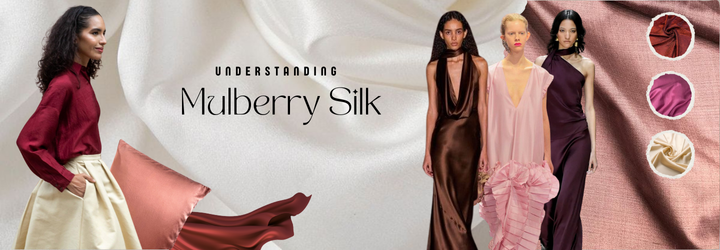
understanding mulberry silk quality: what designers often miss and why it matters
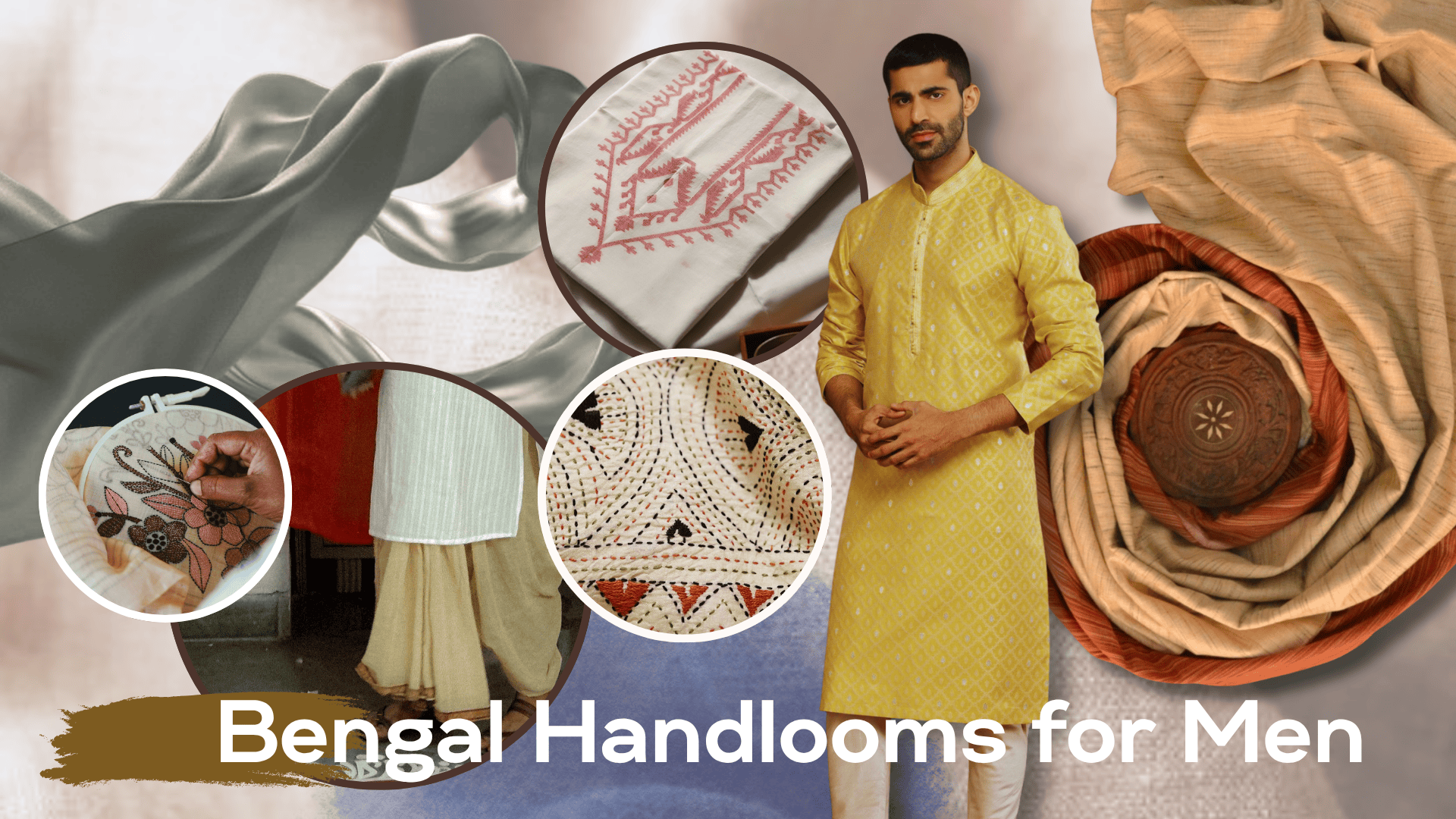
bengal looms for men: beyond the kurta
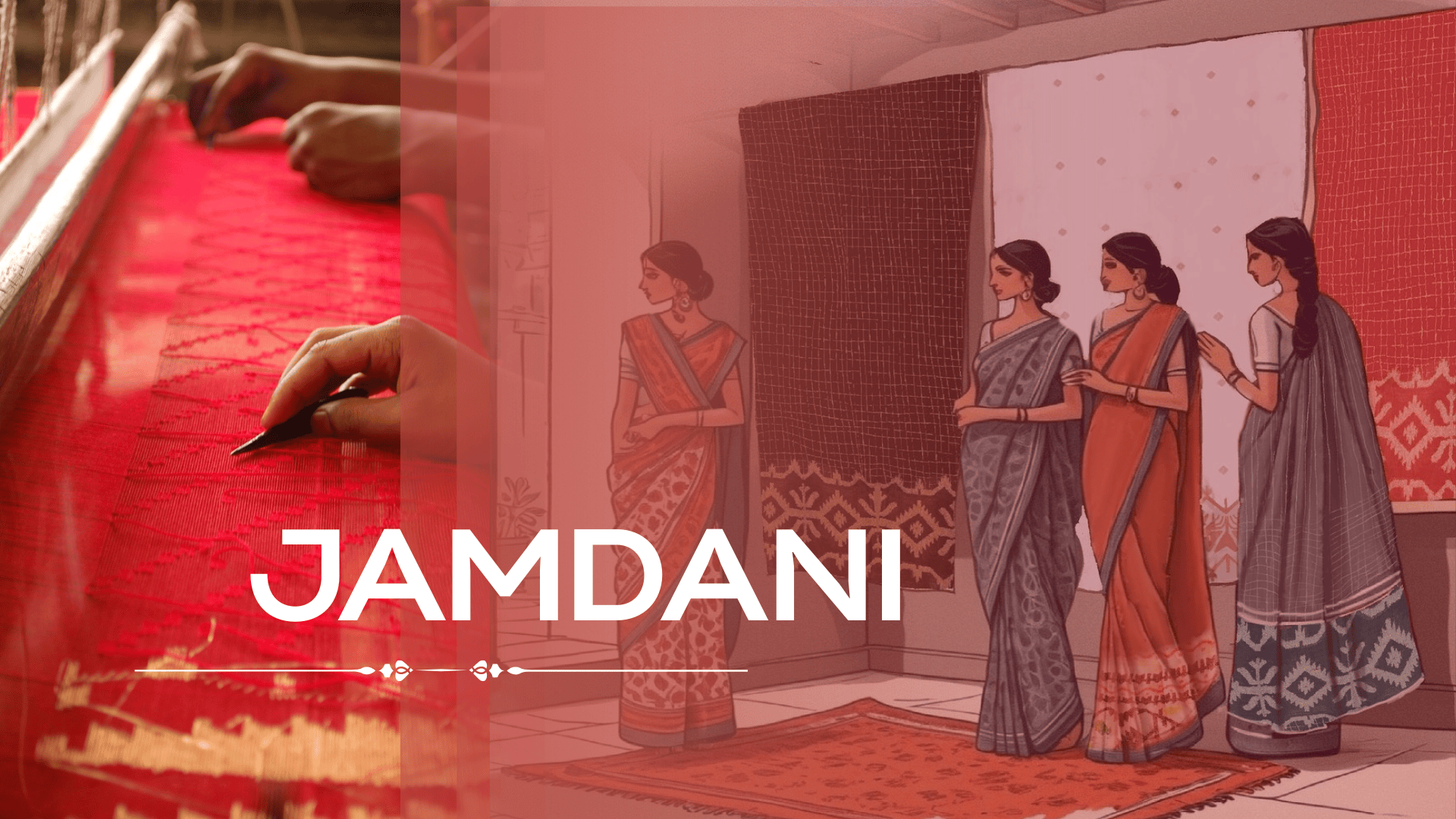
jamdani magic: why this weave is unesco-recognized as cultural heritage
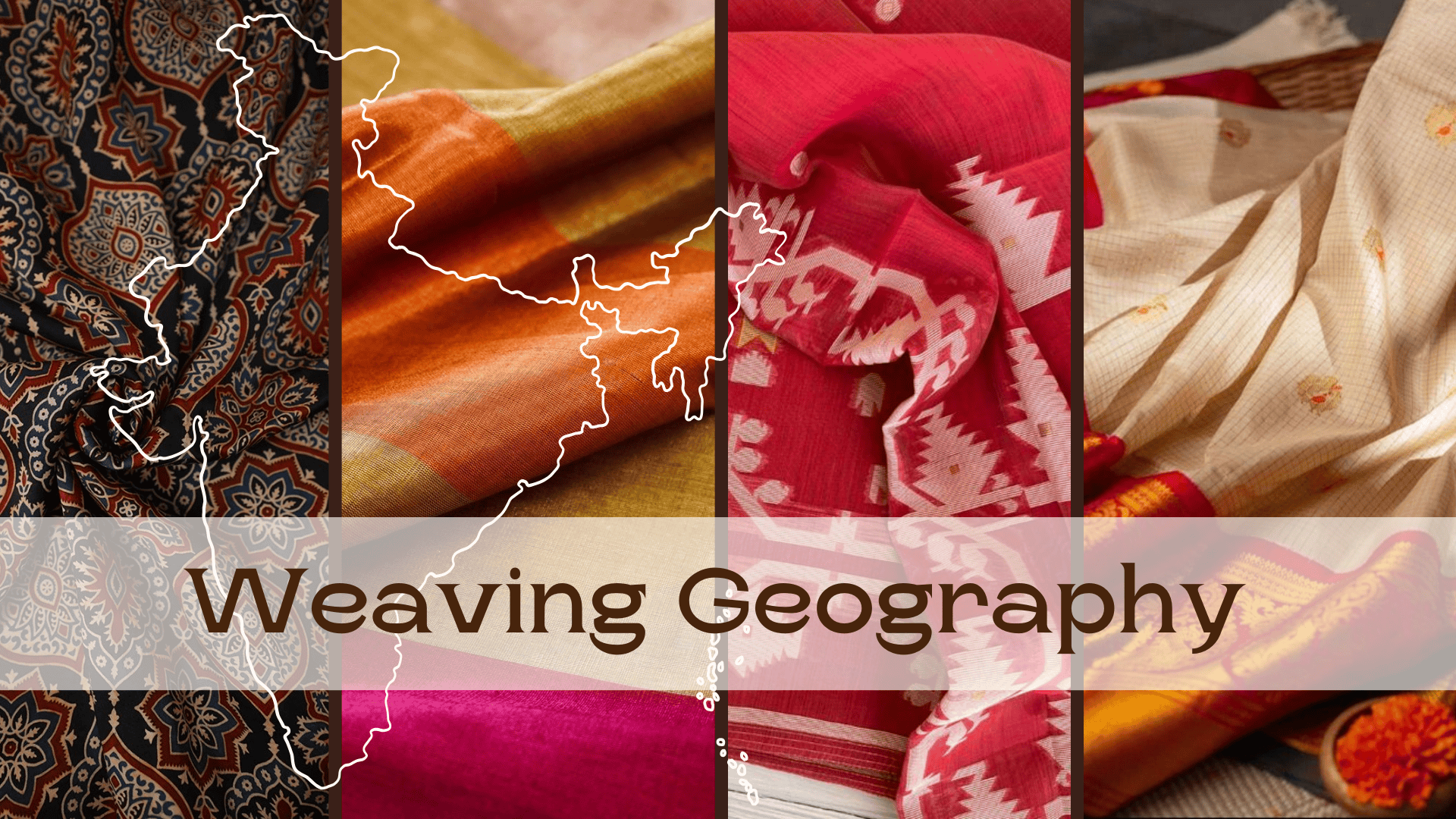
weaving geography: which district is known for which handloom fabrics
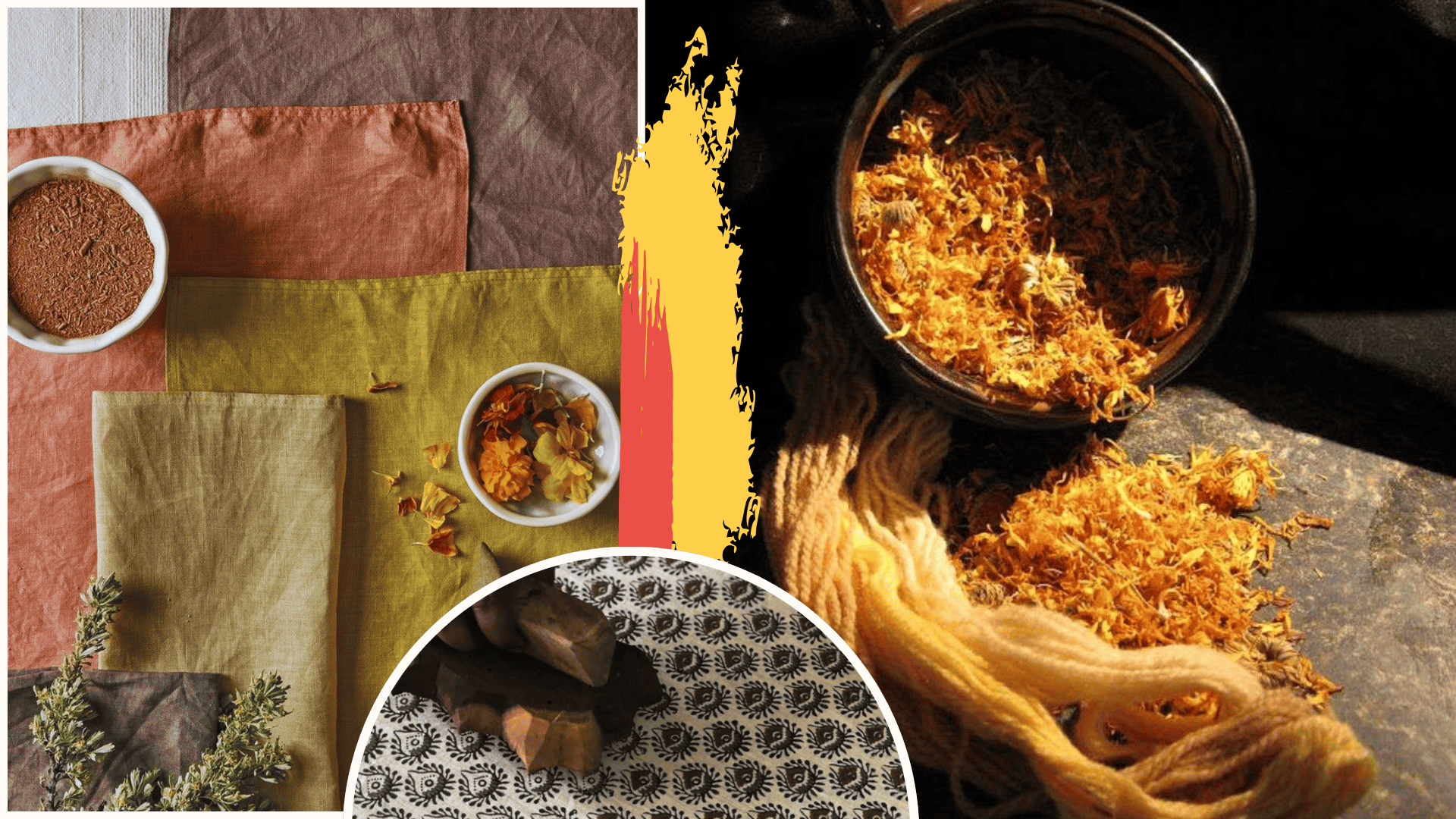
the ultimate guide to naturally dyed and block printing textiles
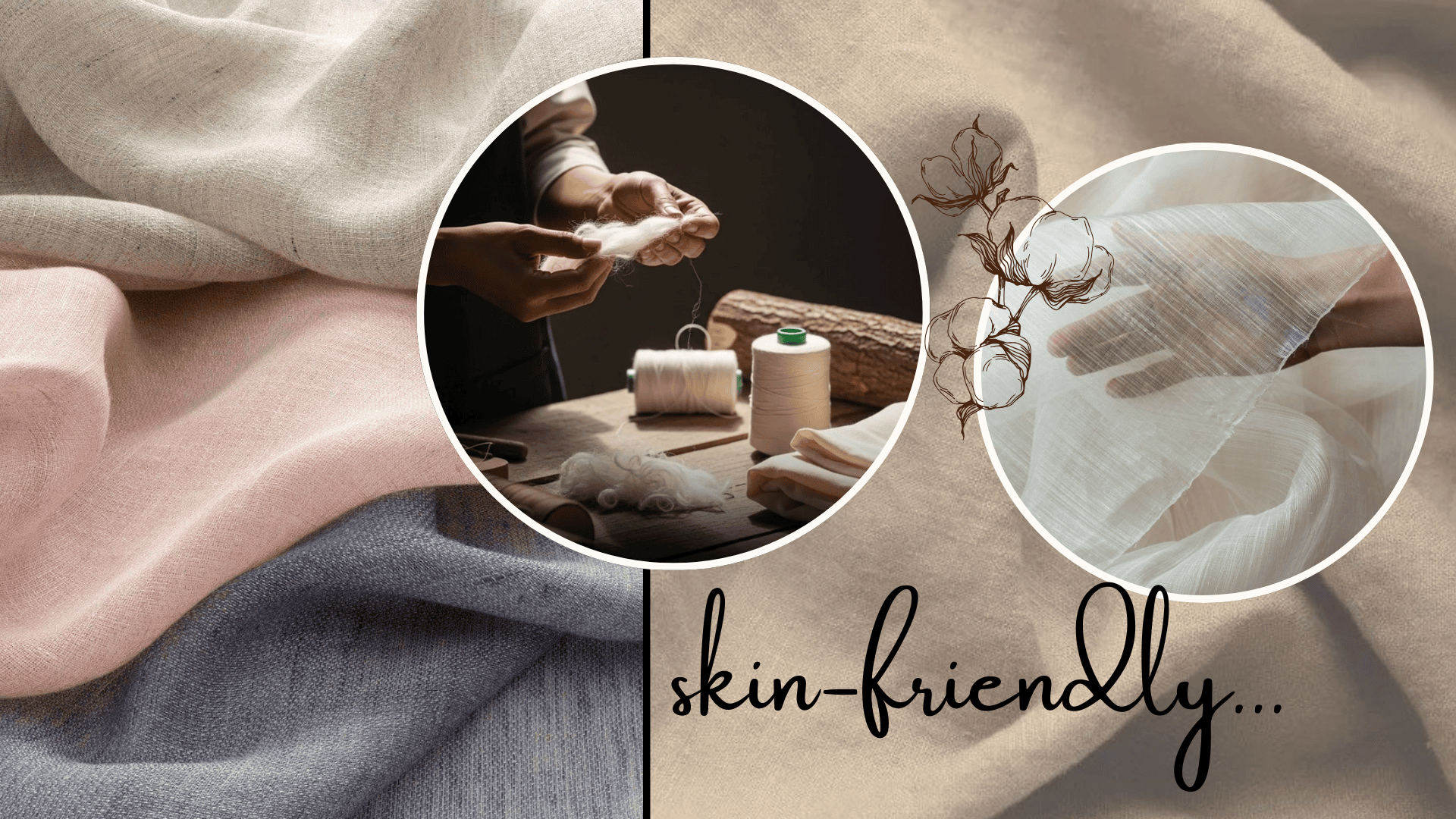
why skin-friendly textiles are the next luxury in fashion






